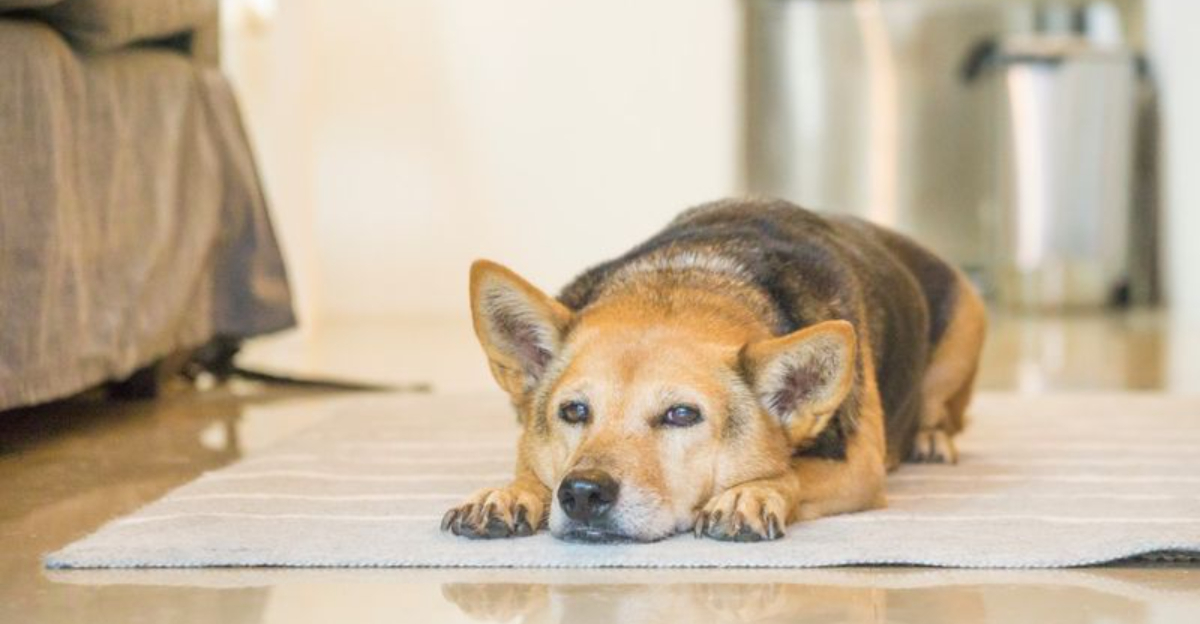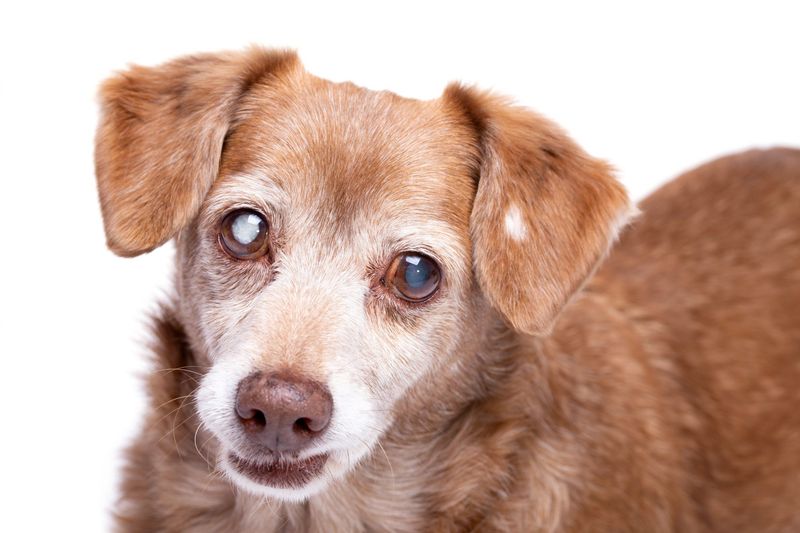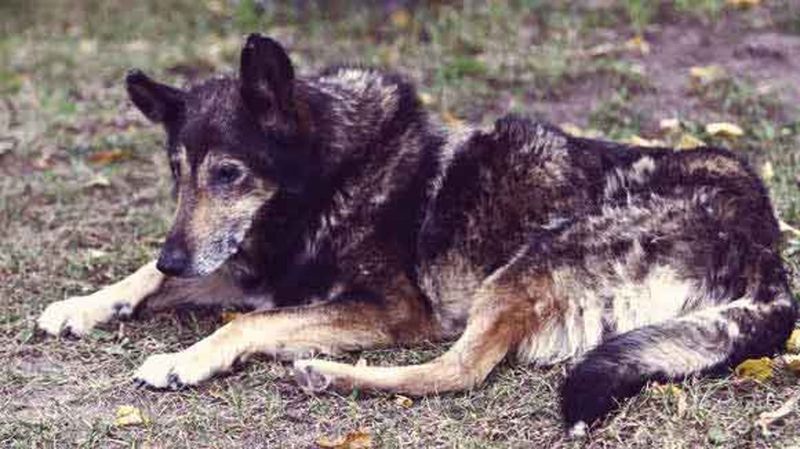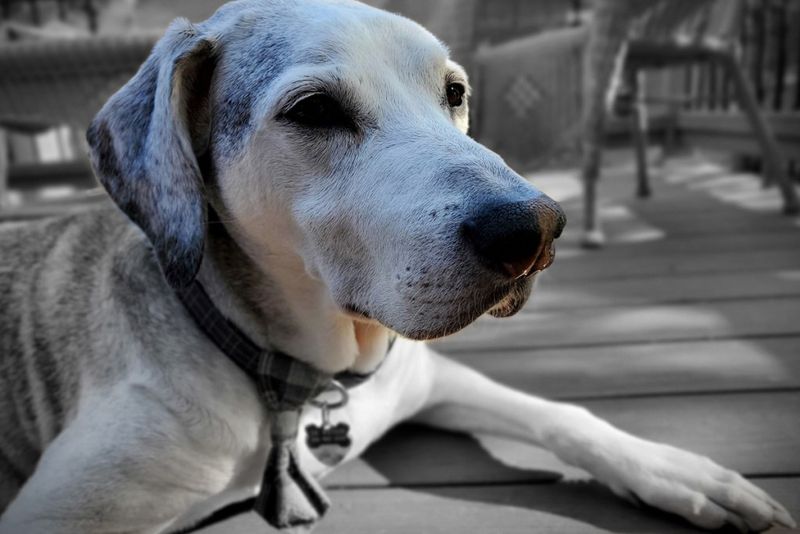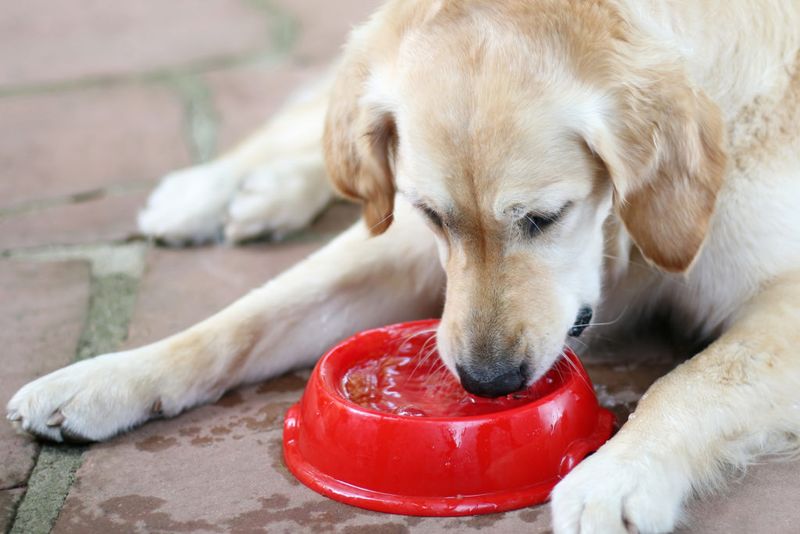As dogs age, they undergo changes that may not always be immediately noticeable. Knowing the signs that indicate your dog is entering their senior years can help you provide the care and attention they need. This guide explores ten key signs to look for, ensuring your furry friend enjoys their golden years to the fullest.
Slower Movement
As your beloved pet enters their senior years, you may notice a gradual decrease in their activity levels. No longer the sprightly puppy, your dog may take longer to get up from their favorite spot. Even a simple walk in the park can seem like a marathon.
Such signs of slower movement are natural as joints age and become less flexible. While it might be concerning to see your energetic companion slow down, gentle exercise and maintaining a healthy weight can help. Remember, a leisurely stroll can still bring joy to their day.
Cherish these moments and adapt to their new pace.
Graying Fur
The first hint that your dog is becoming a sage of the canine world might be the appearance of gray fur. It’s a charming reminder of the many years of companionship and love. The gray often starts around the muzzle and can gradually spread.
This change in fur color is completely normal and adds character to your furry friend. Some even say it gives them a wise and dignified look. You might find that people stop to admire your dog’s new distinguished appearance.
Embrace the beauty of aging, as your dog’s wisdom grows with each gray strand.
Increased Sleep
As the years pass, your dog may start sleeping more during the day. Their need for extra rest is akin to a human enjoying a good nap after a long day. You might find your pooch curled up in their favorite spot, basking in the sunlight.
This increase in sleep is nature’s way of allowing their body to repair and recharge. It’s important to provide a cozy and quiet environment to support their restful periods. Observing these serene moments can be heartwarming.
Your dog’s dreams take them on adventures even while they rest, so let them enjoy their slumber.
Hearing Loss
You may start to notice your dog’s response to sounds isn’t what it used to be. The doorbell might ring, and they remain unfazed, or you call their name and get a delayed wag of the tail.
Hearing loss is a common part of growing older, much like in humans. It’s endearing to see them rely more on visual cues and the vibrations of the world around them. While it may require adjustments in communication, such as using hand signals, the bond remains unbroken.
Your dog’s love and loyalty continue to resonate loudly, even in quieter moments.
Vision Changes
With age, your dog’s eyes might show signs of cloudiness or cataracts. This is a natural part of aging and might affect their depth perception. You might notice them hesitating before jumping onto the couch or occasionally bumping into things.
Though vision changes can be concerning, dogs are remarkably adaptive. They rely on their other senses to navigate the world. Keeping their environment familiar and clutter-free can help them feel secure.
Your dog’s gaze, though older, still holds the same love and curiosity. Their eyes tell stories of years spent by your side.
Loss of Muscle Mass
As dogs age, they may lose some muscle mass, giving them a leaner appearance. This physical change is part of the aging process and can be noticed especially around the hips and shoulders.
A balanced diet and regular, gentle exercise can help maintain muscle tone and overall health. Encouraging them to move, even a little, keeps them engaged and spry.
The true essence of your dog isn’t in their physical strength but in their wagging tail and loving heart. These senior years are about cherishing each wag and cuddle.
Dental Issues
Aging can bring dental challenges, such as worn or discolored teeth and even gum disease. You might notice your dog being a bit more selective with their food, preferring softer options.
Good oral hygiene is crucial, and regular vet check-ups can help manage any issues. Brushing their teeth gently or providing dental treats can make a significant difference in their oral health.
Despite these challenges, mealtime remains a joyful occasion, filled with tail wags and anticipation. Their appetite for life remains undiminished, even if they take a little longer to chew.
Weight Fluctuations
Weight changes are another sign of aging in dogs. They might gain weight due to reduced activity levels or lose weight because of muscle loss. Monitoring their weight is essential, as it impacts overall health.
Consulting with a vet to adjust their diet ensures they receive adequate nutrition. Balancing calories with their current lifestyle will help manage their weight effectively.
These adjustments contribute to longer, happier lives. It’s about finding the right balance to keep them comfortable and healthy. Even in their senior years, your dog’s youthful spirit shines through.
Behavioral Changes
As dogs age, you might notice shifts in their behavior. The once hyperactive puppy may now prefer calm and solitude. They might become more reserved, seeking quiet spots to relax.
These changes are a reflection of their accumulated wisdom. They may also be more sensitive to their environment, reacting to changes with careful consideration. Providing a peaceful and stable home environment is key.
Their mellow demeanor doesn’t diminish their love for you. Instead, it deepens, as they appreciate every gentle pat and kind word. This phase is about quiet companionship and understanding.
Increased Thirst
You might observe your older dog drinking more water than usual. Increased thirst can be a sign of aging or indicate health issues such as kidney problems.
Ensuring they have access to fresh water at all times is vital. If this change seems sudden or excessive, consulting a vet is recommended to rule out any underlying conditions.
Despite the extra trips to the water bowl, their thirst for life remains unquenched. These moments are reminders of their enduring vitality and zest for life. Every sip is part of their journey.
